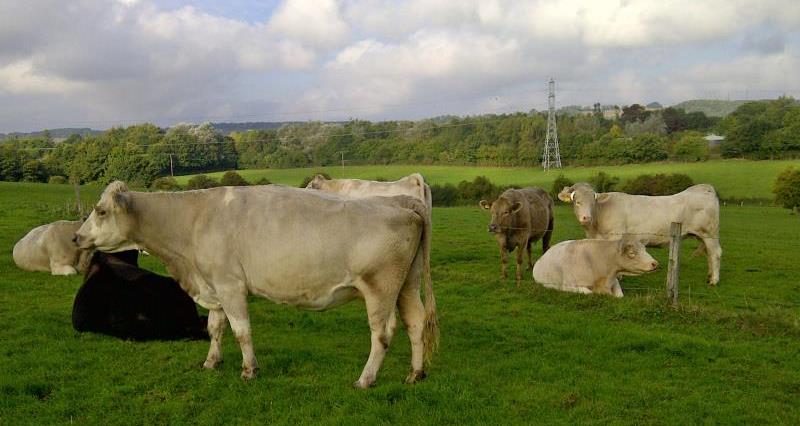He writes:
As the name suggests, this was very much a forward-thinking group focusing on how we can look to improve and develop our livestock industries to become more efficient.
The day included a variety of presentations around technology with examples including the use of cameras and weigh scales to allow monitoring, detection and weighing, genomics, robotics, telemetrics, drones and ‘big data’ use.
Most of these capital intensive investments were for the dairy, poultry and pig industries. But on the back of these steps forward, evident improvements to welfare, yields and disease management were all possible.
Drones hold potential to be used for not only crop applications but livestock too. Can these become a future means of checking stock, with drones linked to camera technology allowing software to identify un-routine behaviour, triggering a text to get the farmer to check stock?
More of our expert blogs...
- Glyphosate dominates talk at Cereals - crops board chairman Mike Hambly reports
- Showing what farmers are doing for bees, by horticulture expert Chris Hartfield
- The long road to mandatory origin labelling - insight from Lorna Hegenbarth
- Farm visits reconnect children with their food, writes Mark Pope
- The WFU may be gone, but its message is more important than ever, says NFU Deputy President Minette Batters
- GM foods are safe, writes the NFU's chief science adviser Dr Helen Ferrier
- Ambitious plans for Digital Economy Bill by Suzanne Clear, our senior adviser on planning and rural affairs
Looking ahead, ‘big data’ is a massive area for the sector. It’s a phrase heard more and more across all industries, and agriculture has got to keep pushing to utilise this sort of resource. There are wide benefits for farmers and the industry, with the biggest issues being trying to get all the data recording systems used to align, providing a central access point and a method of pulling all this information into a useful data service.
If this were possible it could result in less paperwork and linked information leading to fewer inspections, as systems would be able to cross over. As well as the obvious benefit of having large amounts of on-farm information at your fingertips, allowing effective benchmarking, it could also lead to a central resource for information on carcase grading, carcase information and all the other collected data, which could be made available to farmers in almost real-time.
This is combined with the potential for tags with more information, allowing larger levels of information surrounding the animal to sit within the tag as opposed to within an office. GPS could also allow easier management and better, more accurate movement records - all with very little labour requirement. The potential is huge, but the industry as a whole will have to invest before any progress is made.
With every opportunity however, comes a challenge and connectivity was highlighted during the meeting as the number one priority before any of this can occur. Whether through broadband or alternative measures, it was established that this is a must for any rural business within Europe. That's certainly a requirment before agriculture is fully equipped to capitalise on new technologies.
